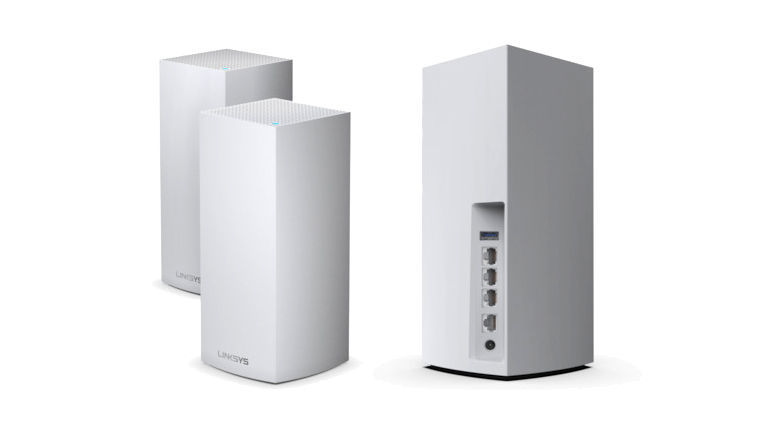Setup is simplicity itself. Download the mobile app, configure a login, connect whatever you designate as the ‘primary node’ to your internet router via the Gigabit WAN port and to mains power, and then return to the app to walk through the few stages that complete setup. The whole process was easy, and my two-node system was up and running in under 15 minutes. The nodes themselves are large, measuring 24.4cm high and 11.4cm square. They shouldn’t be hemmed in – behind cupboards, for example – as this will interfere with their ability to work optimally. Instead, these white plastic monoliths will likely create a bit of visual clutter. SEE: Gartner releases its 2021 emerging tech hype cycle: Here’s what’s in and headed out The tri-band system delivers a top speed of 4.2Gbps, which was plenty to meet my household needs, including powering working from home, family video calling and delivering streaming entertainment services. If wired connections are preferred, then every node has three Gigabit Ethernet ports at its disposal. There is also a USB-A port on each node, and this can be used to attach external storage so that content can be shared and streamed by anyone on the network. I tested this with an external hard drive and sharing worked perfectly. There are even some instructions on how to access shared devices via different operating systems in the Linksys app. The app is neat and accessible. It is easy to set up guest access on the hoof, with a private password that provides internet access but no visibility of computers or connected devices, so that guest accounts can be switched on and off as needed. However, some controls are less expansive than they could be. Parental controls include blocking internet access from specific devices on a schedule or on demand, but website blocking is managed by manually adding URLs, which is a hassle. Video calling can be given priority over all other types of activity, and it’s also possible to prioritise up to three devices for bandwidth use, with the remainder sharing whatever is left. So, those work calls happening while others are using the smart TV may no longer stutter. Performance during testing was very impressive. Everything seemed to work a little bit faster, and the reach was excellent. My existing system doesn’t stretch into the kitchen or to the far end of the garden, but the Velop WiFi 6 (AX4200) managed both, and speeds in these locations seemed as good as those in my home office right by the router. With home office working much more prevalent for many people nowadays, a solid mesh Wi-Fi system might be a wise investment. The Linksys Velop WiFi 6 (AX4200) is easy to set up, even for newcomers to the concept, and while the detailed controls could do with a bit more depth, these may well come as Linksys develops the system further. RECENT AND RELATED CONTENT Netgear Orbi Quad-Band Mesh WiFi 6E System (RBKE963): Fast but expensive wireless mesh networking Fortinet, Linksys joint venture aims to bring enterprise security to home offices Best Wi-Fi router 2021: Expert reviews of top brands Mesh networking vs. traditional Wi-Fi routers: What is best for your home office? Best mesh Wi-Fi system 2021: Top routers compared Read more reviews
Honeywell Home T9 Smart Thermostat reviewWaterField Air Travel Backpack review: Perfect bag for hands-free business travelLenovo Yoga Slim 7i Carbon, hands on: A compact sub-1kg ultraportableAirthings View Plus, hands on: Smart but pricey air quality monitoringFairphone 4 5G review: A sustainable smartphone for ethical consumers
